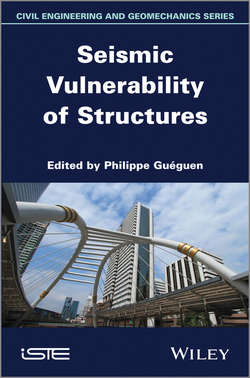Описание книги
This book is focused on the seismic vulnerability assessment methods, applied to existing buildings, describing several behaviors and new approaches for assessment on a large scale (urban area). It is clear that the majority of urban centers are composed of old buildings, designed according to concepts and rules that are inadequate to the seismic context. How to assess the vulnerability of existing buildings is an essential step to improve the management of seismic risk and its prevention policy. After some key reminders, this book describes seismic vulnerability methods applied to a large number of structures (buildings and bridges) in moderate (France, Switzerland) and strong seismic prone regions (Italy, Greece). Contents 1. Seismic Vulnerability of Existing Buildings: Observational and Mechanical Approaches for Application in Urban Areas, Sergio Lagomarsino and Serena Cattari. 2. Mechanical Methods: Fragility Curves and Pushover Analysis, Caterina Negulescu and Pierre Gehl. 3. Seismic Vulnerability and Loss Assessment for Buildings in Greece, Andreas J. Kappos. 4. Experimental Method: Contribution of Ambient Vibration Recordings to the Vulnerability Assessment, Clotaire Michel and Philippe Guéguen. 5. Numerical Model: Simplified Strategies for Vulnerability Seismic Assessment of Existing Structures, Cédric Desprez, Panagiotis Kotronis and Stéphane Grange. 6. Approach Based on the Risk Used in Switzerland, Pierino Lestuzzi. 7. Preliminary Evaluation of the Seismic Vulnerability of Existing Bridges, Denis Davi. About the Authors Philippe Guéguen is a Senior IFSTTAR Researcher at ISTerre, Joseph Fourier University Grenoble 1, France
